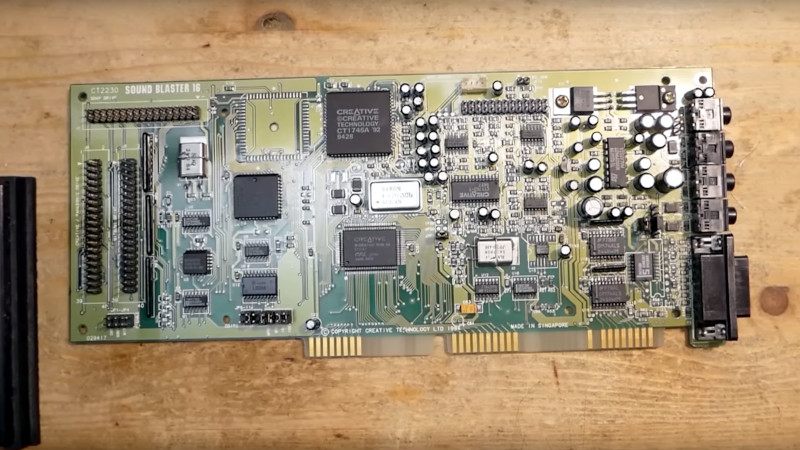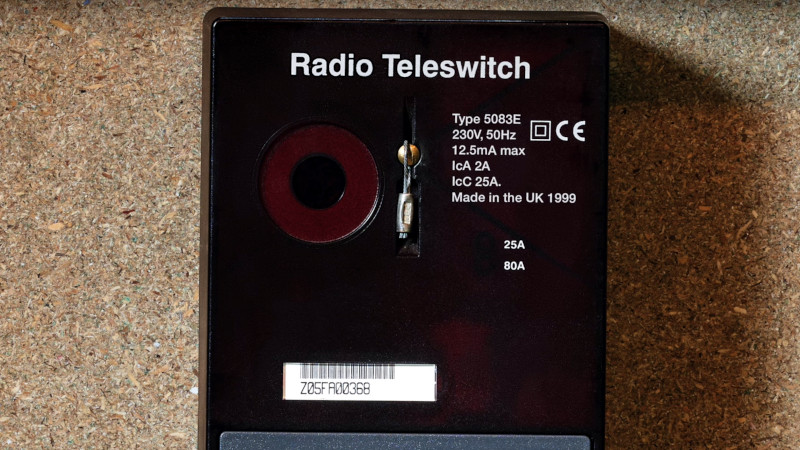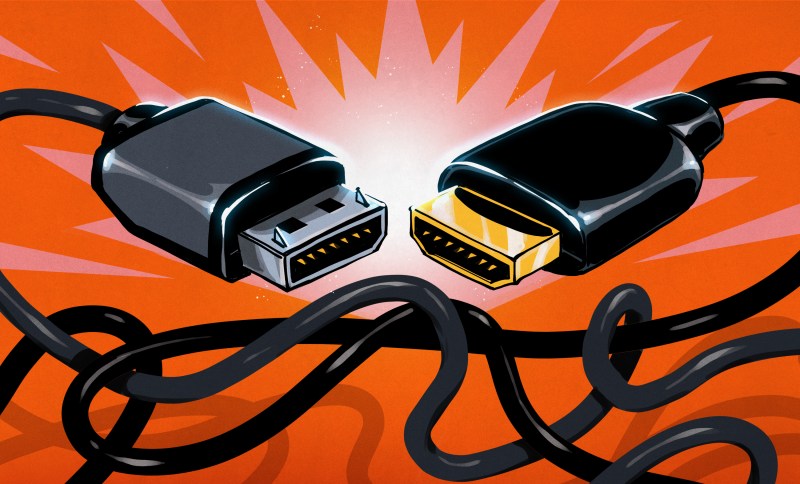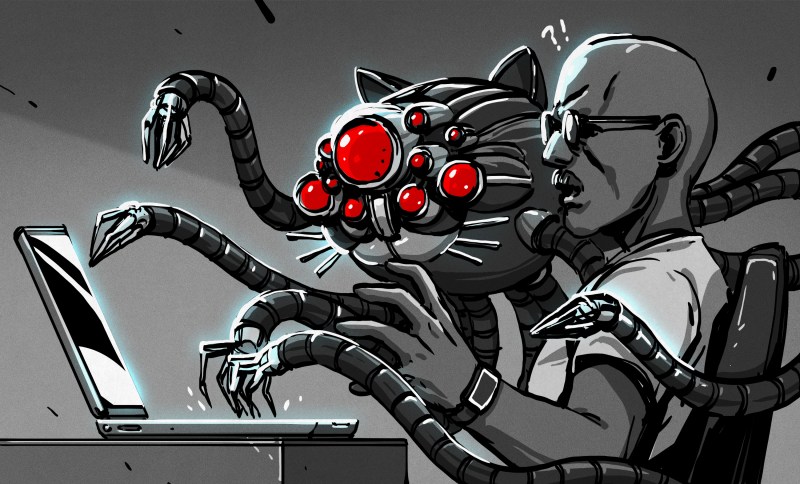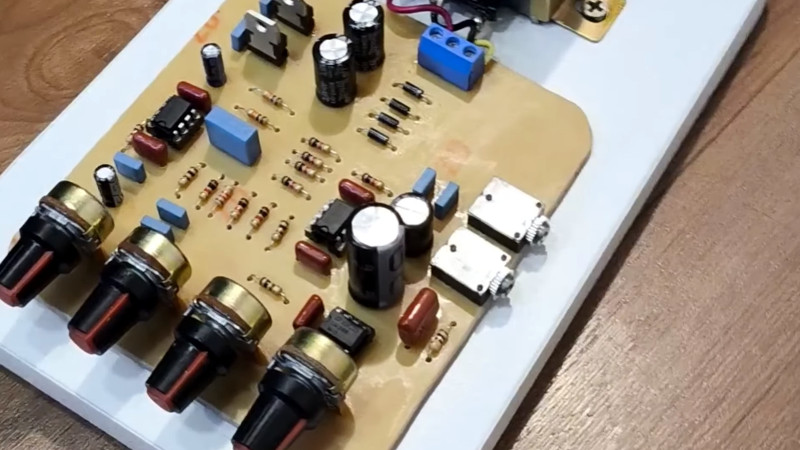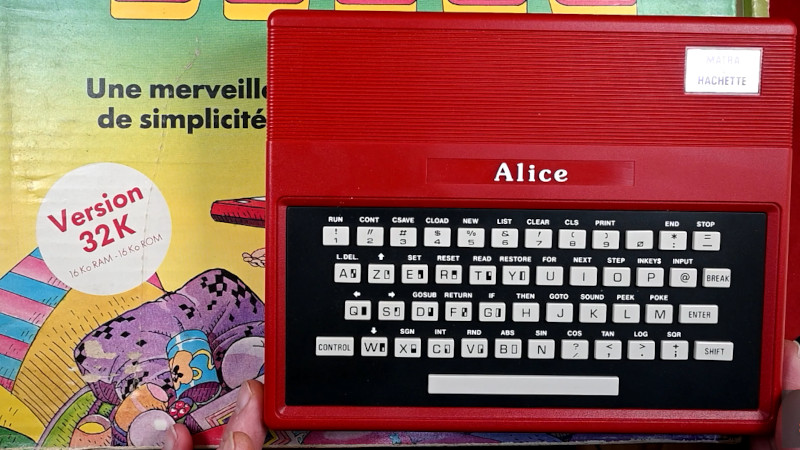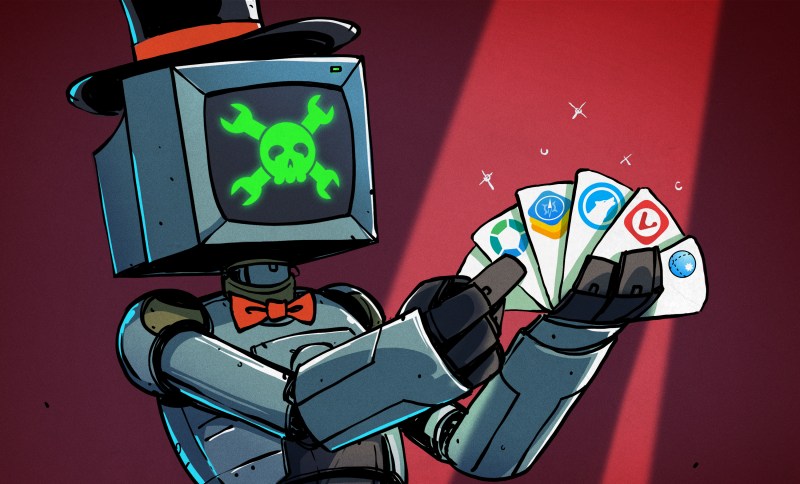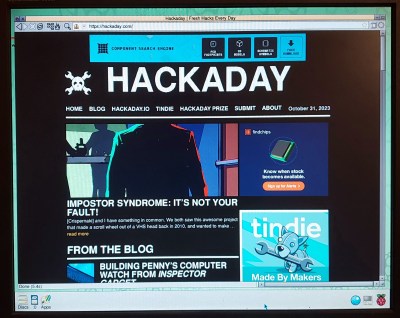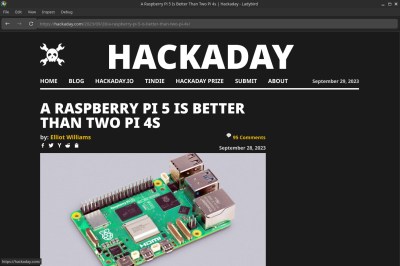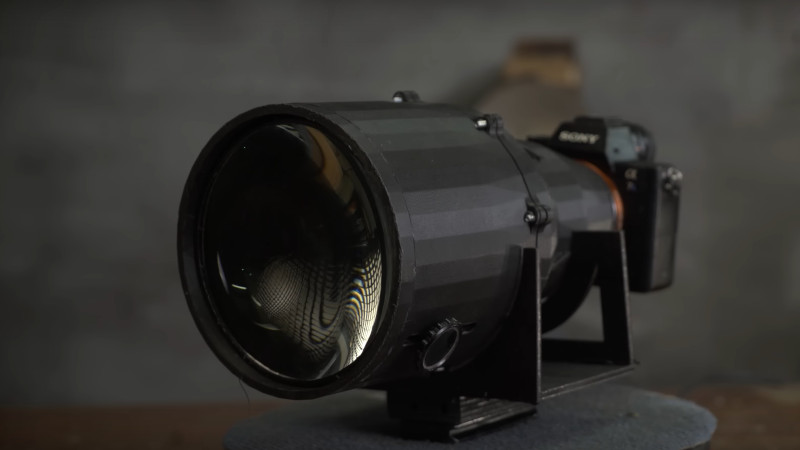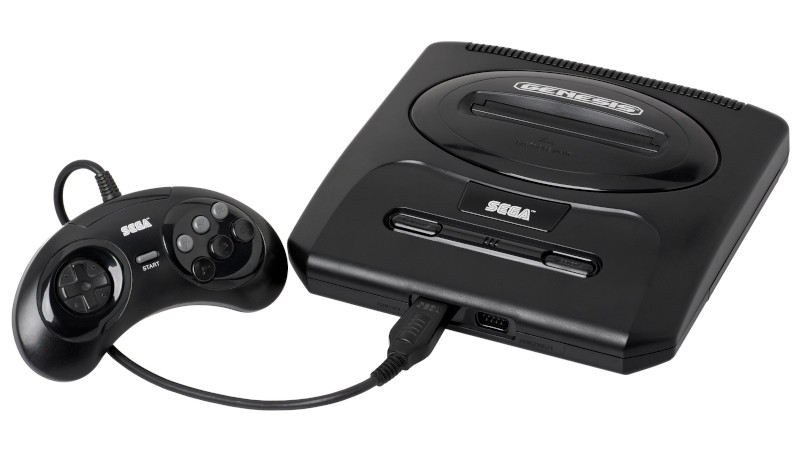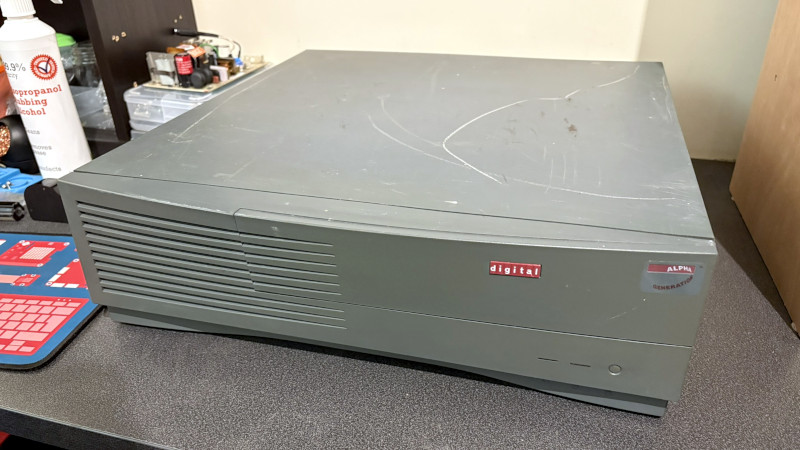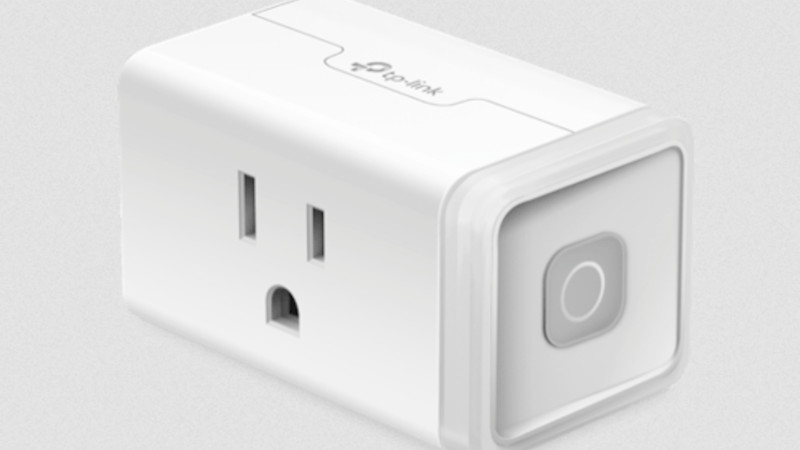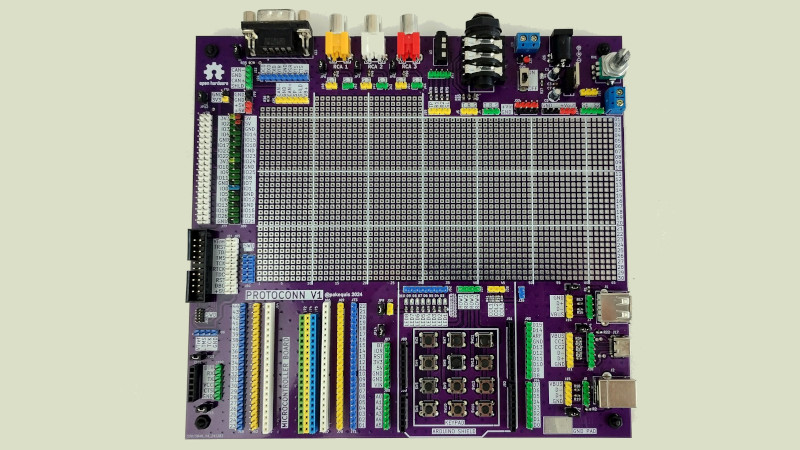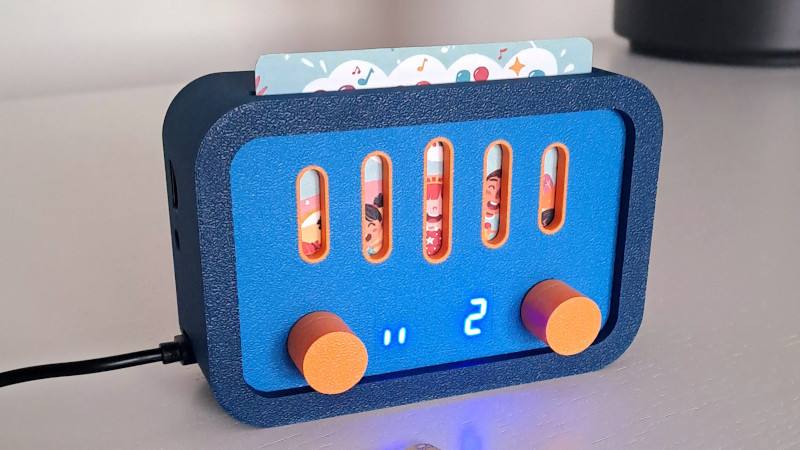Jenny’s (Not Quite) Daily Drivers: Raspberry Pi 1

An occasional series of mine on these pages has been Daily Drivers, in which I try out operating systems from the point of view of using them for my everyday Hackaday work. It has mostly featured esoteric or lesser-used systems, some of which have been unexpected gems and others have been not quite ready for the big time.
Today I’m testing another system, but it’s not quite the same as the previous ones. Instead I’m looking at a piece of hardware, and I’m looking at it for use in my computing projects rather than as my desktop OS. You’ll all be familiar with it: the original Raspberry Pi appeared at the end of February 2012, though it would be May of that year before all but a lucky few received one. Since then it has become a global phenomenon and spawned a host of ever-faster successors, but what of that original board from 2012 here in 2025? If you have a working piece of hardware it makes sense to use it, so how does the original stack up? I have a project that needs a Linux machine, so I’m dusting off a Model B and going down memory lane.
Rediscovering An Old Flame
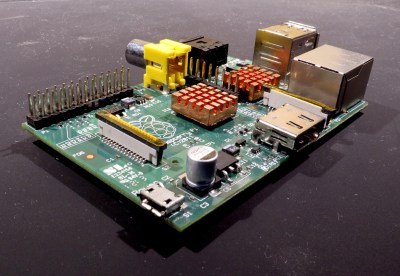
It’s fair to say that Raspberry Pi have never had the fastest board on the block, or the highest specification. At any point there’s always some board or other touted as a Pi-killer because it claims to do more, but somehow they never make much impact. The reason for this is simple; alongside your Pi you are also buying the ability to run Raspberry Pi OS, and their achievement in creating a solid and well-supported operating system that still runs on their earliest boards is something their competitors can’t touch. So when I pulled out my Model B I was able to go to the Raspberry Pi downloads page and snag a Debian Bookworm image for its 32-bit processor. I went for the “lite” version; while an early Pi will run a desktop and could even be my desktop daily driver, it would be so painfully slow as to be frustrating.

My purpose for using the Pi is to run a language analysis package. Aside from fiddling with old cameras and writing about tech, I have a long history in computational language processing, and I have recently returned to my news trend analysis code and made it open-source. It’s a project whose roots go back nearly two decades, so there’s been an element of working out what my younger self was thinking. It builds and processes a corpus of news data over time from RSS feeds, and presents a web-based analysis client. 2000s-era me wrote it in PHP (don’t judge!) and I evolved a corpus structure using a huge tree of small JSON files for fast access. An earlier version of this package ran on my first Pi for many years, sitting next to my router with a USB hard disk.
Firing up an original Pi in 2025 is easy enough, as with any Pi it’s simply a case of writing the image to an SD card, hooking up the Pi to screen and peripherals, and booting it. Raspberry Pi OS is as straightforward to set up as always, and after rebooting and logging in, there I was with a shell.
Remembering, Computers Weren’t Always This Quick

My main machine is a fairly recent high-end Thinkpad laptop with an Intel Core i7, 32 GB of memory, and the fastest SSD I could afford, equipped with a hefty cache. It’s a supercomputer by any measure from the past, so I have become used to things I do in the shell being blisteringly quick. Sitting at the Pi, it’s evident that I’ll need to recalibrate my expectations, as there’s no way it can match the Thinkpad. As i waited – rather a long time – for apt to upgrade the packages, I had time to reflect. Back in the day when I set up Linux on my 486 or my Pentium machine, I was used to waiting like this. I remember apt upgrade being a go away and have a coffee thing, and I also remember thinking that Pentium was pretty quick, which it was for its day. But stripped of unnecessary services and GUI cruft, I was still getting all the power of the Pi in my terminal. It wasn’t bad, simply visibly slower than the Thinkpad, which to be fair, also applies to all the other computers I own.
So my little Pi 1 model B now sits again hooked up to my router and with a hefty USB drive, again waking up every couple of hours and number-crunching the world’s news. I’ve got used to its relative sloth, and to working again with nano and screen to get things done on it. It’s a useful little computer for the task I have for it, and it can run all day consuming only a couple of watts. As long as the Raspberry Pi people still make the Pi Zero, and I hope for a few years after they stop, it will continue to have OS support, and thus its future as my language processing machine looks assured.
The point of this piece has been to reflect on why we shouldn’t let our older hardware collect dust if it’s still useful. Of course Raspberry Pi want to sell us a new Pi 5, and that board is an amazing machine. But if your task doesn’t need all that power and you still have the earlier model lying around, don’t forget that it’s still a capable little Linux board that you probably paid quite a lot less for. You can’t argue with that.
